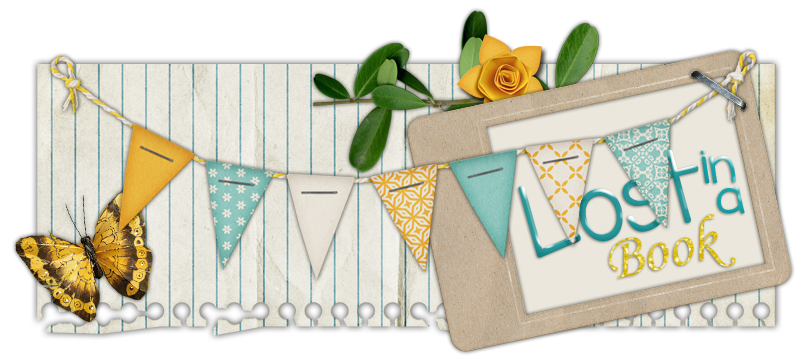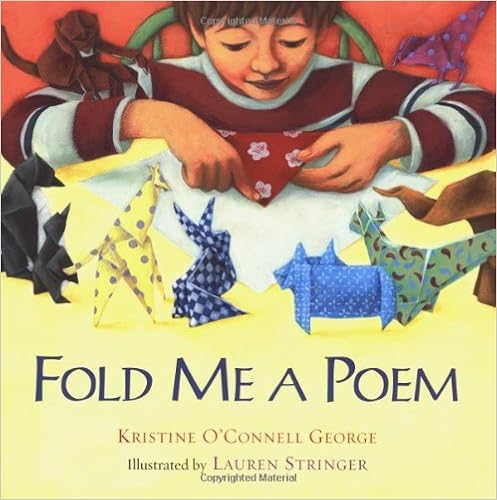Book Cover:
![And Tango Makes Three by [Richardson, Justin, Parnell, Peter]](https://images-na.ssl-images-amazon.com/images/I/51t0bZUz3eL.jpg)
Book Summary:
In the Central Park Zoo two male penguins Roy and Silo hang out together and act like a penguin couple. They even try to hatch their own rock but nothing happens. So the zookeeper puts an egg from another penguin couple in their nest to hatch. The two penguins take care of the egg until it hatches and the zookeeper names the penguin Tango. This was based on a true story.
APA Reference of Book:
Richardson, J., Parnell, P., & Cole, H. (2015).
And Tango makes three. New York: Little Simon.
Impressions:
I loved the illustrations with the cute penguins. I can see maybe why people have trouble with this story because it is about two MALE penguins acting like a couple. However I don't think most young kids would focus on this and if they do I think they realize any one can be a family. At the end it talks about why the zookeeper put the egg with them (another penguin couple couldn't care for two eggs so it would die) and I think that this compassion for the penguin egg and the way they tried to save it was ingenious. Overall a good story about families.
Professional Review:
PreS-Gr 3-- This tale based on a true story about a charming penguin family living in New York City's Central Park Zoo will capture the hearts of penguin lovers everywhere. Roy and Silo, two male penguins, are "a little bit different." They cuddle and share a nest like the other penguin couples, and when all the others start hatching eggs, they want to be parents, too. Determined and hopeful, they bring an egg-shaped rock back to their nest and proceed to start caring for it. They have little luck, until a watchful zookeeper decides they deserve a chance at having their own family and gives them an egg in need of nurturing. The dedicated and enthusiastic fathers do a great job of hatching their funny and adorable daughter, and the three can still be seen at the zoo today. Done in soft watercolors, the illustrations set the tone for this uplifting story, and readers will find it hard to resist the penguins' comical expressions. The well-designed pages perfectly marry words and pictures, allowing readers to savor each illustration. An author's note provides more information about Roy, Silo, Tango, and other chinstrap penguins. This joyful story about the meaning of family is a must for any library.
By Julie Roach, Watertown Free Public Library, MA
Roach, J., Jones, T. E., Toth, L., Charnizon, M., Grabarek, D., & Raben, D. (2005). And Tango makes three.
School Library Journal, 51(7), 81.
Library Uses:
I think I would use this book in a censorship lesson and talk about why they think people would ban this book. Do they think the book should be banned?
My Rating: ****
![Thirteen Reasons Why by [Asher, Jay]](https://images-na.ssl-images-amazon.com/images/I/41y3fxe4KSL.jpg)


![And Tango Makes Three by [Richardson, Justin, Parnell, Peter]](https://images-na.ssl-images-amazon.com/images/I/51t0bZUz3eL.jpg)


![Odd Boy Out: Young Albert Einstein by [Brown, Don]](https://images-na.ssl-images-amazon.com/images/I/51HqIGCjc4L.jpg)
![Gaston by [DiPucchio, Kelly]](https://images-na.ssl-images-amazon.com/images/I/51n9JcEAa2L.jpg)
![Antoinette (Gaston and Friends) by [DiPucchio, Kelly]](https://images-na.ssl-images-amazon.com/images/I/51%2BBoO8lo-L.jpg)
![Eat Like a Bear by [Sayre, April Pulley]](https://images-na.ssl-images-amazon.com/images/I/61hyUieNLiL.jpg)
